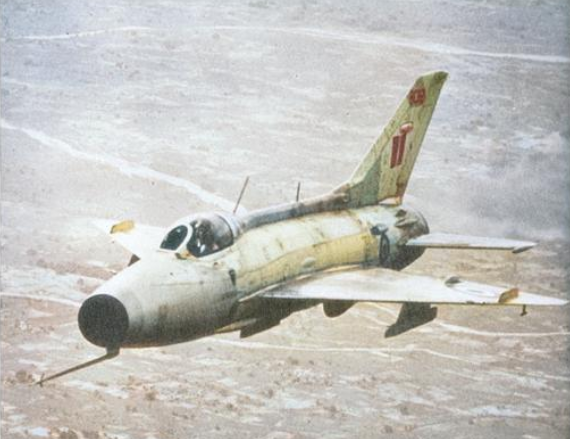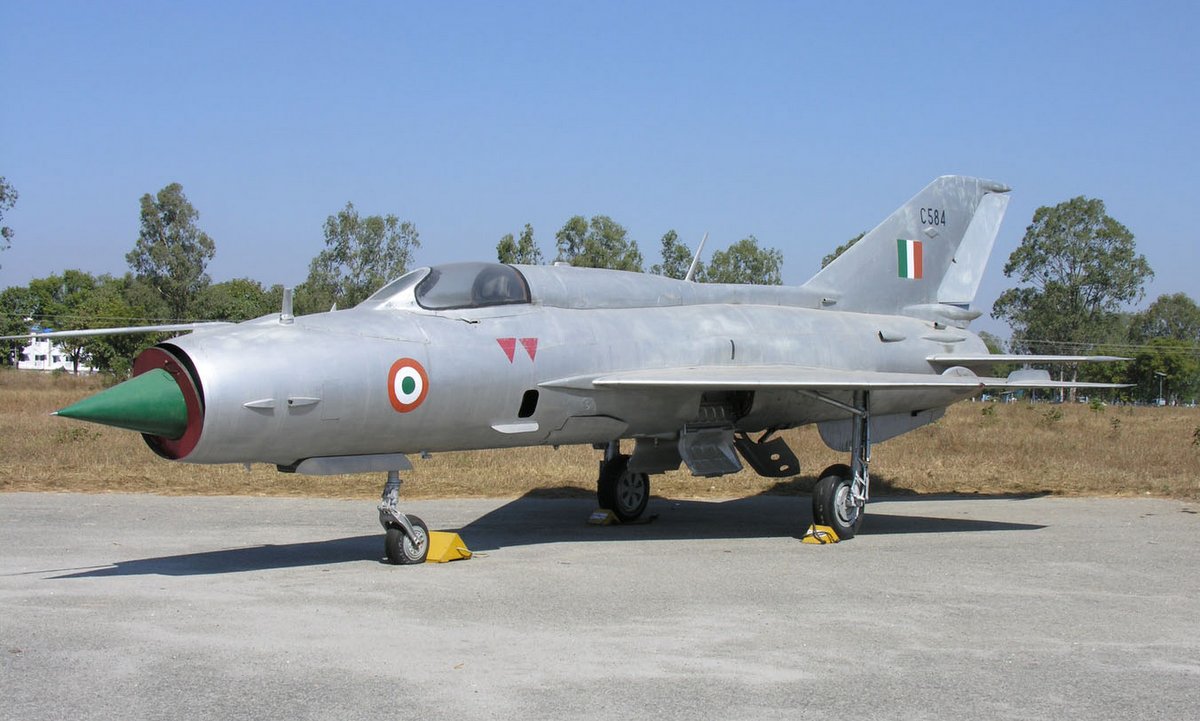Eastern India, including Bengal, Jharkhand and Odisha were home to fighter and bomber squadrons from the 10th USAAF's India Air Task Force. Many of these bases were converted to IAF or civil use after 1945, but several were abandoned. Here is what became of these....
The airport near the present day IIT Kharagpur was known as the Hijli Base Area hosted the United States Army Air Force XX Bomber Command 58th Bombardment Wing in early 1945. The airport no longer exists but its runway provides the alignment for the Hijli Railway station. 


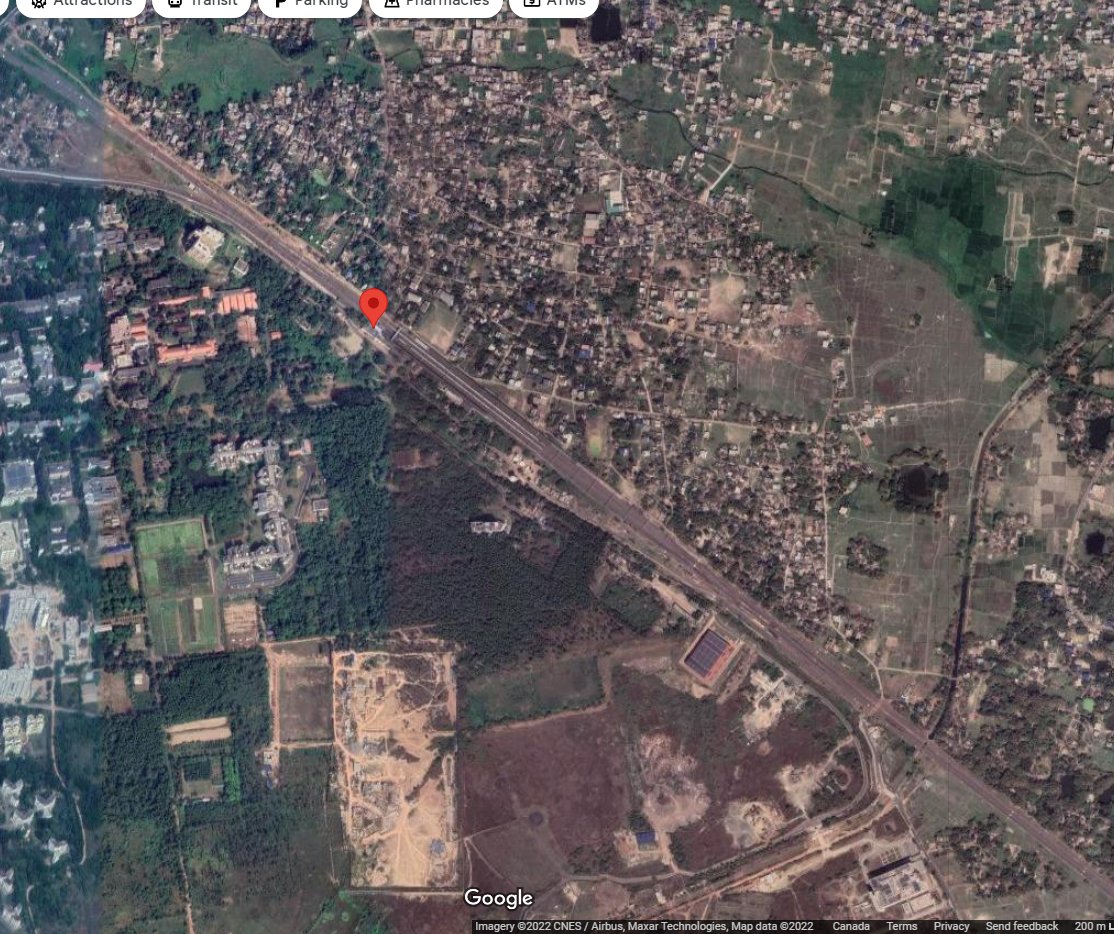
Asansol airport was established in 1941 by the RAF. From 1943 B-17s of the USAAF 7th Bombardment Group were based here. Abandoned after the war, the outline of the aprons are visible in the ecological park to the south-west of the frame below. 
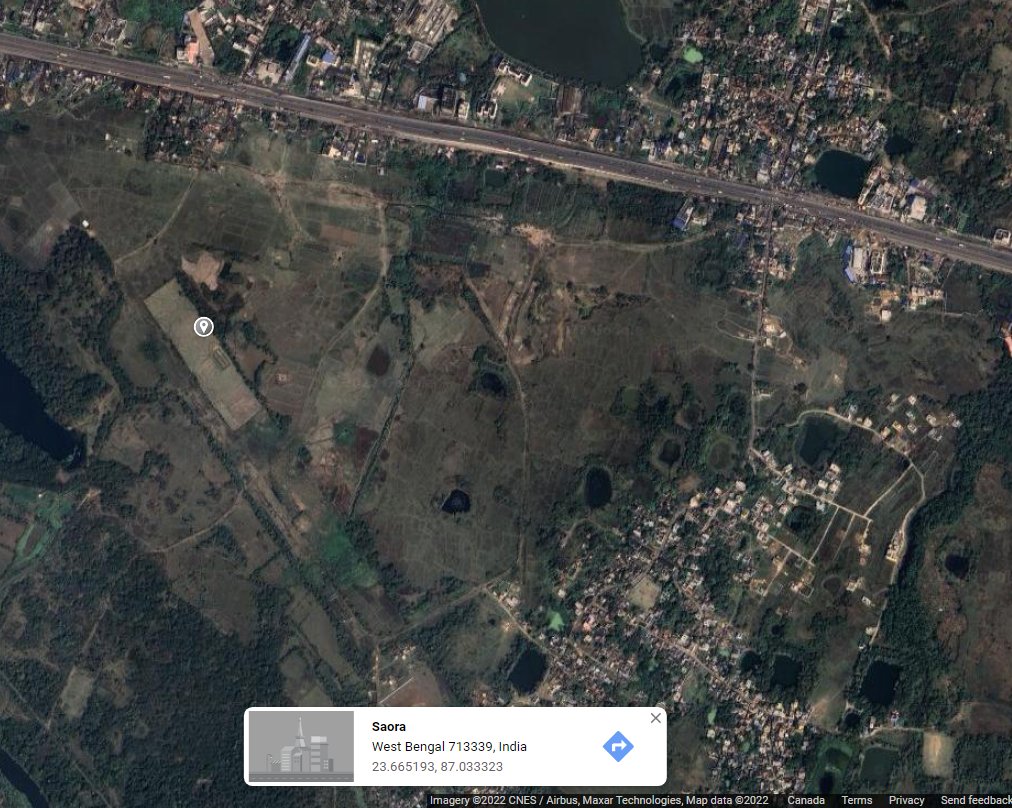
Piardoba Airfield airfield in India, located south of Bishnupur was built in 1942 to house four B-29 squadrons from the USAAF's 462nd Bombardment Group. Closed in September 1945. Airfield is abandoned and in disrepair, with abandoned dispersal areas and taxiways visible. 



Guskhara was a photo-recon base for the Tenth Air Force during 1944–1945. It housed six squadrons of B-24, P-38 and P-61 aircraft as part of USAAF 8th Photographic Reconnaissance Group. Abandoned in 1945, the runway and dispersal areas are encroached on and in disrepair. 

Dudhkundi Airfield is located SE of Jhargram. It was built in 1942 and hosted in turn B-24 and then B-29s of the 444th Bombardment Group. Closed in 1945, it is in a state of disrepair but its runways and aprons are largely untouched and could provide site for a future airport. 





Known as Roosevelt Nagar north of Calcutta, the old USAAF transport base at Kalyani is now located well within this township. Remains of the parallel runway are found with the University campus, as can remains of the USAAF temporary billet sheds. 



Pandaveswar Airfield was home to several USAAF units including 7th and 12th Bombardment Group(B-24 and B-25). Closed in 1946 the remains of both main runways (16/34, 04/22) are visible in aerial photography, along with numerous dispersal pads and aprons. 

Built in 1942, Charra was originally built for the 444th Bombardment Group. It eventually became a transport base when the B-29s relocated to Dudhkundi. It was closed in June 1945.Traces of runways and taxiways can be viewed from the air. 
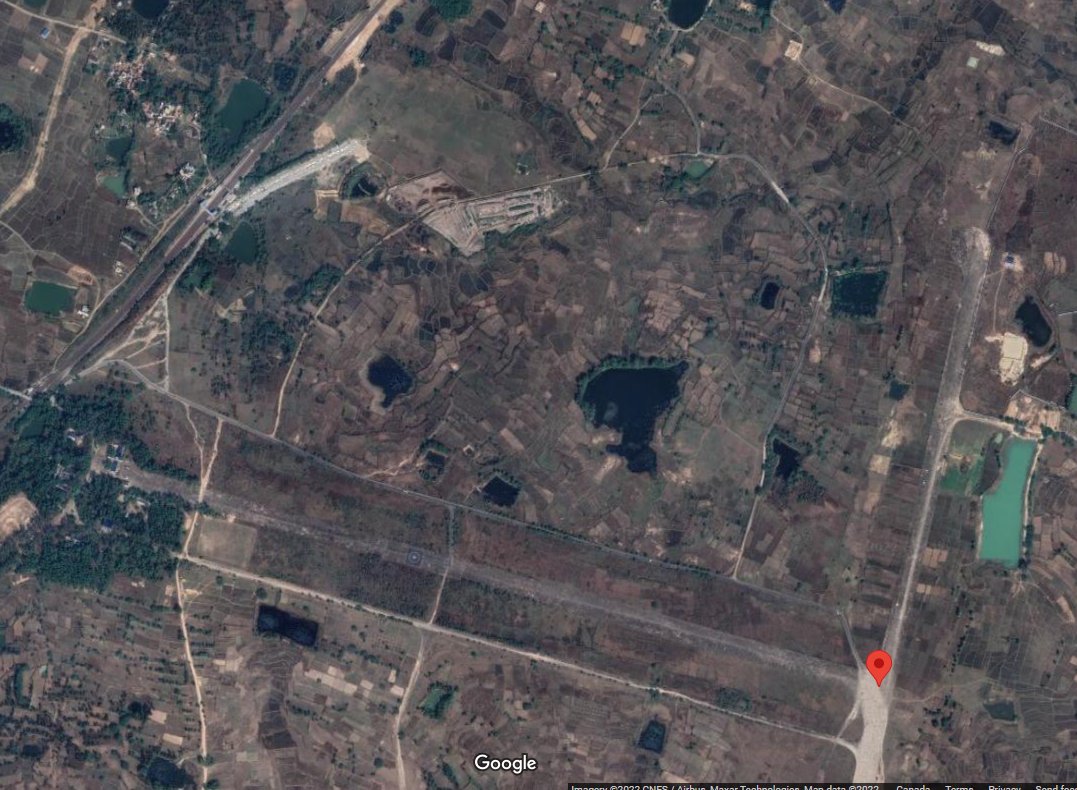
Salboni Airfield was built for the USAAF but used by the RAF's 159 and 356 Squadrons (B-24) from 1942 to 1946. Today the remains of the runways and aprons are visible but are now part of the Reserve Bank of India's currency printing complex. 





Built in 1942, Chakulia airport in present day Jharkhand was home to B-29s from the USAAF's 40th Bombardment Group, Abandoned in 1945, it remained a notified area with a ban on construction. There are proposals to revive it in the future. 





Digri Airfield near Uparsolbankati was built in 1942 and used primarily by the RAF's Liberator Squadrons including 355, 357, 358 squadrons. Closed and abandoned in 1945, the runways and aprons are relatively well preserved. 





• • •
Missing some Tweet in this thread? You can try to
force a refresh


